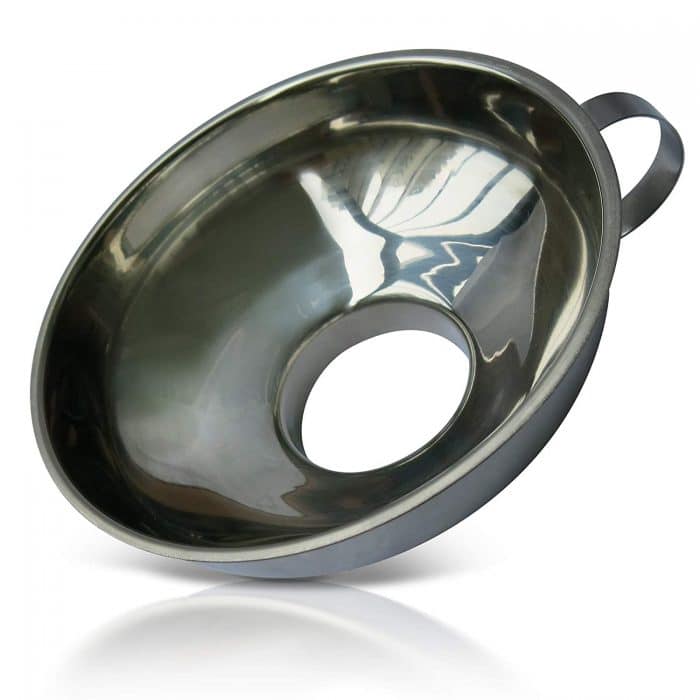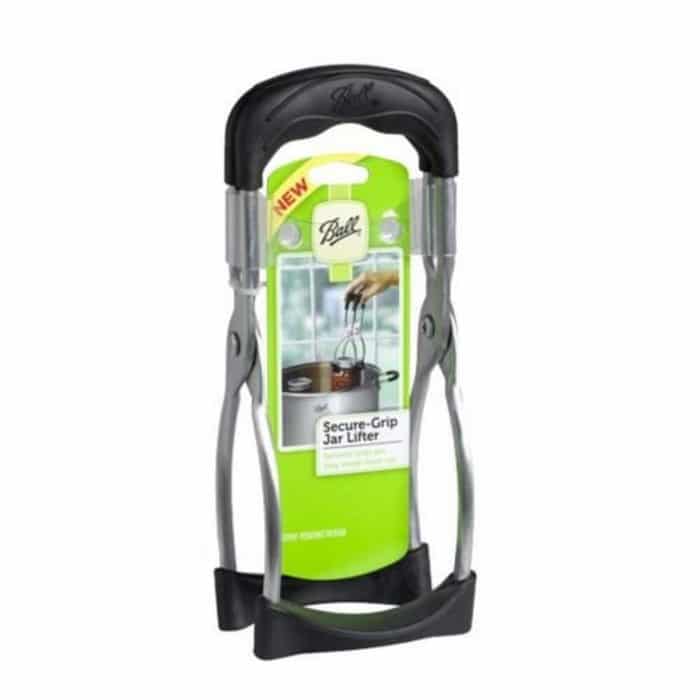At some point, you may have heard or seen your grandmother can food at home.
Today, what was once considered ‘old-fashioned’ is making a comeback.
Canning is the process of preventing food spoilage through heating food stored in an airtight container.

This method was discovered by Nicolas Appert in 1809. Back then, the government of France was looking for ways to preserve food for their army and navy.
50 years later, Louis Pasteur provided a scientific explanation on how canning extends food shelf life.
The heating process kills the existing microorganisms in food that causes spoilage, and the airtight seal prevents additional microorganisms from entering the container.
Do you want to start canning food at home?
This ultimate guide to canning food will tell you everything you need to know to get started successfully.
Why Can Food?
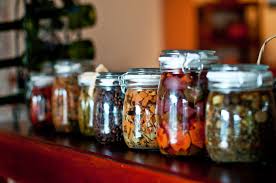
Here are some of the benefits you will enjoy when you start food canning:
- You know exactly what’s in your food. Compared to buying readily available canned goods in the grocery, canning assures you that no unhealthy ingredients were mixed in the food you are about to serve to your family.
- You know the shelf life of your food. Thus, you won’t need to rely on food labels to tell you when the contents expire.
- You get to save money. If you maintain a garden of fruits or vegetables at home, canning them will definitely help cut down your usual grocery costs.
- You know the quality of your food. Through food canning, you get to choose the best quality of meats, fruits, or vegetables. You can pick the freshest harvest from your garden and can them to preserve their quality.
- You help reduce food waste. There’s so much waste involved in food production – from jars, tin cans, labels, and factory trash. Canning your own food lets you recycle the jars you use and decrease the amount of waste you discard.
Canning Tools and Supplies
To help you get started, here is a list of canning tools and supplies you must know of:
1. Pressure Canner
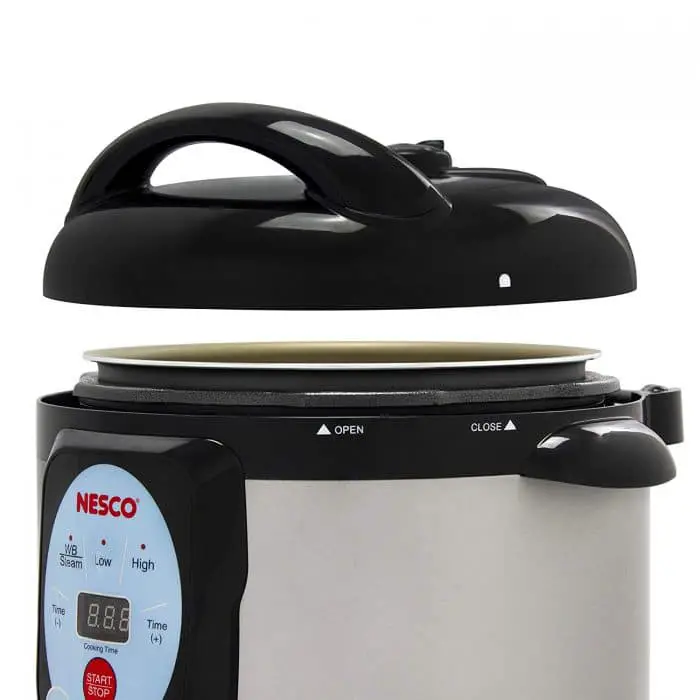
A pressure canner can intimidate beginners, but it is 100% safe and simple to use. If you intend to use the canned food as part of your family’s daily meals moving forward, I recommend you invest in a good pressure canner as early as now.
2. Water Bath Canner

If you are planning to can only fruits, salsa, jellies, and jams, a water bath canner is your best option.
A typical bath canner can hold at least 7-quart jars and submerge them in 1 to 2 inches of water. Several brands are available in the market, or you can use a large pot with a lid and a rack.
3. Canning Jars and Lids

Canning Jars come in all sizes and shapes. Make sure you choose one that fits your needs and your pantry. Go for the most functional and economical option.
Jars suitable for food canning include Mason, Kerr, or Ball jars. When shopping, make sure that you carefully examine each item to ensure that there are no cracks or other damages.
4. Canning Funnel
Funnels are used to fill regular and wide mouth canning jars. You need them to make sure that the rims of your jar are clean and also to prevent waste. You can choose to buy either a metal or plastic funnel.
Metal canning funnels are made of either aluminum or stainless steel. However, those who have tried using this type of funnel say that these items easily dent and can get really hot when you pour hot food through it.
On the other hand, plastic canning funnels do not absorb heat from food as much as metal funnels do. Another advantage of using plastic funnels is that you can squeeze them to allow food to pass faster.
However, some people expressed their concern about BPA in plastic products that can be transferred to hot food. When buying one, I suggest you choose the BPA-free and stain-free type.
5. Bubble Remover
Bubbles can be trapped inside the jar as you fill it with food. Most canning guides would tell you to remove these bubbles. Here are two reasons why:
- Bubbles cause an imbalance in your food and empty space ratio. There should be enough air to allow heat to escape and pull oxygen out of the jar to create the vacuum seal. However, too much air can cause discoloration and change the flavor of your food.
- Trapped bubbles can also cause your syrup or brine to spill as it tries to escape from the jar.
Use the bubble remover to gently move your food around, allowing trapped bubbles to be released. Do this step after you’ve filled your jars with food and brine or syrup.
I recommend using a plastic or wood bubble remover because unlike metal, they won’t cause scratches that can eventually weaken your jar.
6. Magnetic Lid Lifter
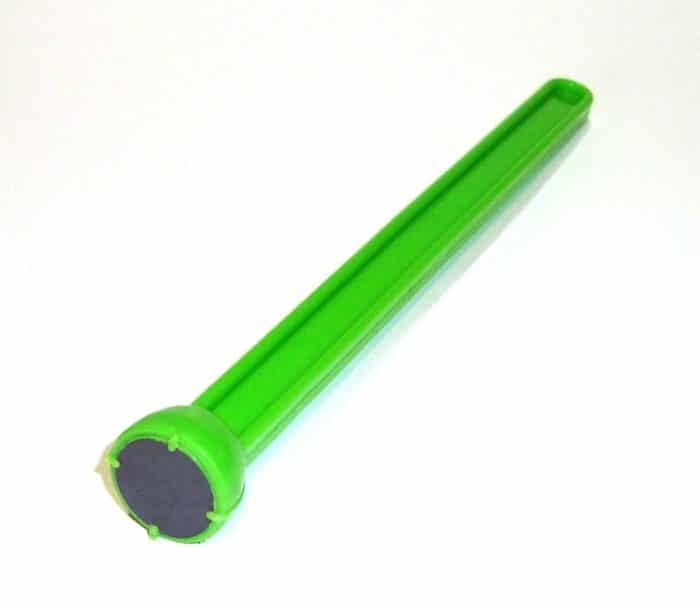
Food canning requires you to handle hot items. To help protect yourself from burns, you need to have items like the magnetic lid lifter.
Before adding a metal lid on top of the jars, you need to thoroughly clean and decontaminate them. You can do so by boiling the lids for a few minutes. As a result, they will be too hot to touch.
The metal lid lifter allows you to remove the lids from the boiling water and transfer them to the jars without scalding yourself.
7. Canning Tongs
Aside from the magnetic lid lifter, another tool that will help prevent scalding are canning tongs.
You use these tongs to lift canning jars in and out of containers with boiling water or steam.
Canning tongs are made to fit around the jars’ neck, and hold the jar under the lowest ridge of its neck.
This way, the tongs do not cause the lid seals to loosen as you lift the jar.
Start Simple
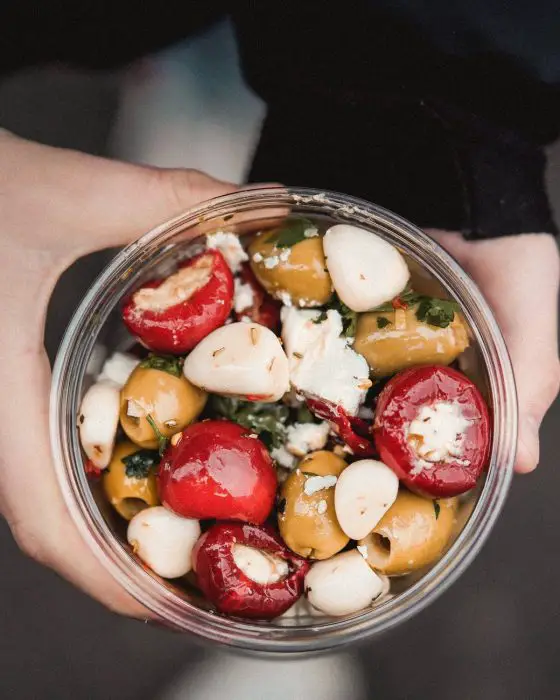 Food canning can be intimidating for beginners. One must consider their safety during the process while making sure the food is properly handled to successfully preserve it.
Food canning can be intimidating for beginners. One must consider their safety during the process while making sure the food is properly handled to successfully preserve it.
The key is to start simple. Buy the basic supplies discussed earlier and go for the easy recipes just to get started. Once you get the hang of it, you can start trying more complicated ones.
This guide will provide you with all the information you need to know so you can confidently begin your food canning journey.
Methods of Canning
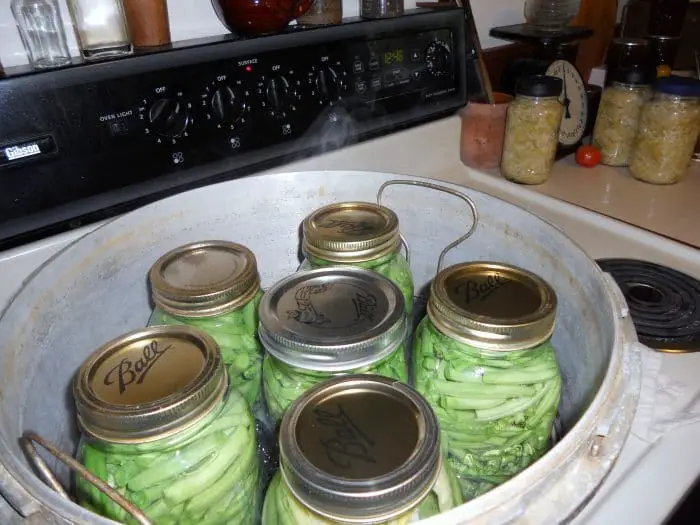
The pressure canning method is used for canning food low in acid like meat and most vegetables. These foods require higher temperatures to completely destroy microorganisms that cause their eventual spoilage. Thus, a special pressure-canning appliance is needed.
Harmful bacteria found in meat and most vegetables (like Staphylococcus aureus, Clostridium botulinum, and Salmonella) are not present in acidic food, so such high temperature is not needed to be used on them.

The water bath method is a simpler and easier way to get started with canning. It is less intimidating and requires less investment in equipment.
This method is used for canning acidic food like jellies, fruit jams, tomatoes, salsas and other vegetables made acidic by adding citric acid, vinegar, or lemon juice.
Preparing the Jars
Newly bought canning jars are not sterile. Being stored in a box and wrapped in plastic is nowhere near a sterile environment.
Aside from microorganisms not visible to us, jars stored for a long time might have accumulated dust and other debris that need to be cleaned out before being used to store food.
Jars you have previously used at home should be thoroughly cleaned before using them for canning as well. Here are two ways to properly prepare canning jars:
1. Using a Dishwasher
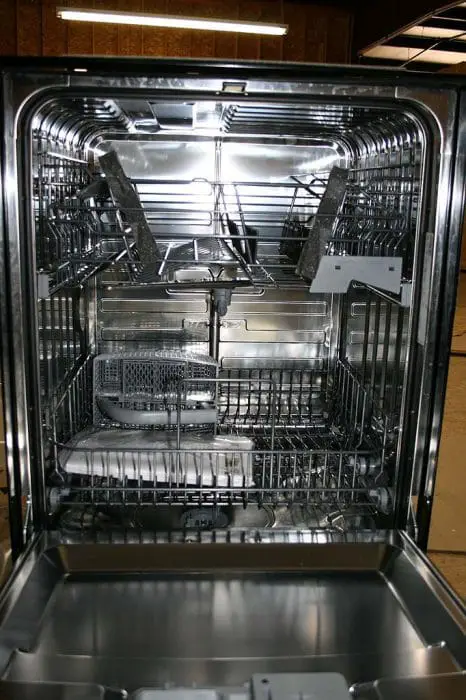
Load your canning jars in a dishwasher with soap. Let it wash and rinse. If your dishwasher has a “sanitize” cycle, make use of this option to sanitize your jars.
Once done, leave them in the dishwasher to stay hot and take the jars out only when you are ready to use them.
2. By Hand
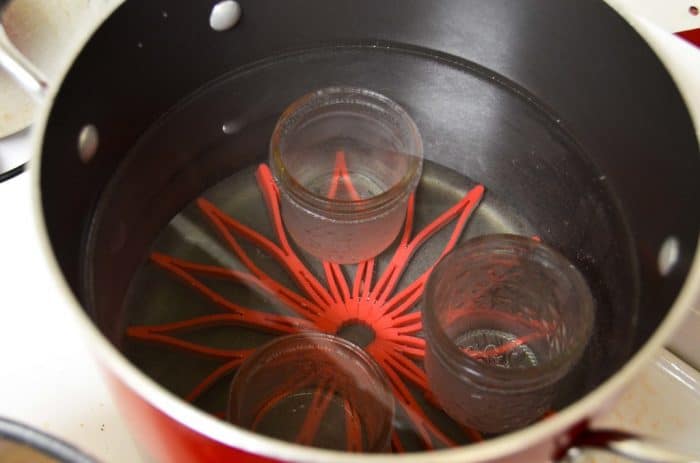
Put your canning jars right side up on the rack inside your bath canner. Next, fill the jars and the canner with hot water (not boiling water).
Pour hot water until it reaches 1 inch above the top of the jars. Let it boil for 10 minutes. Once done, remove the jars one at a time and drain them.
You can’t boil canning lids together with the jars since they have glue around the edge. You have to sanitize them separately.
To do so, soak them for 10 minutes in very hot water (180-200 F or 85-95 C). Aside from sanitizing the lids, this process also makes the sealing surface softer which results in better sealing.
Lastly, rings don’t come in contact with food so you won’t need to sanitize them.
Best Types of Foods to Can
You’re almost ready! Looking for what types of food to can? Here are some ideas:
1. Meat or Poultry
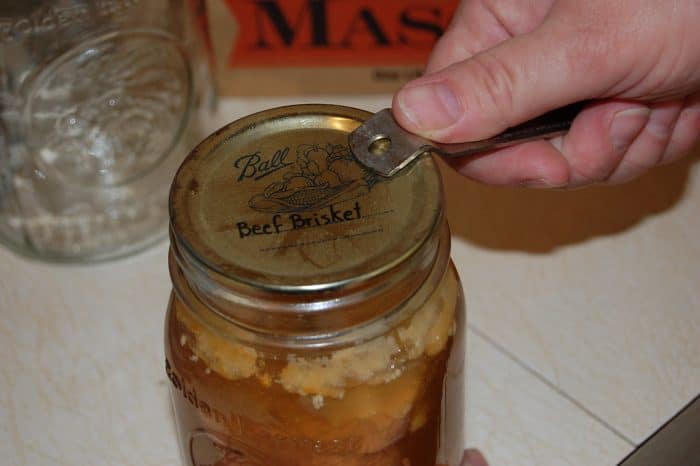
Meat and poultry are both low in acid. As mentioned earlier, only a pressure canner is capable of killing the bacteria in these types of food. Don’t use the water bath method in canning meat or poultry.
Canned meat or poultry is great for casseroles, soups, curries, stews, pasta, and more. You can choose to can beef, pork, lamb, venison, veal, chicken, turkey, goose, or duck.
Remember to choose high-quality meat and poultry when doing your shopping. If frozen, completely thaw under running water or in a microwave. Don’t forget to remove excess fat.
2. Stock

If you own or have a good source of chicken or cows, canning the extra stock after butchering is one great way to use animal carcasses.
- Beef Stock
First, crack beef bones to enhance flavor extraction later on. Next, rinse the bones and make sure to remove the meat. Then, put the bones in a large stockpot and pour water. Let it simmer for 3 to 4 hours. Once done, remove bones and excess fat. You may now transfer the beef stock into your canning jars.
- Chicken or Turkey Stock
First, remove meat from large chicken or turkey bones and place them in a large stockpot. Then, put enough water to cover the bones and let it simmer for 30 to 45 minutes. Once done, remove the bones and excess fat. Lastly, transfer the stock to your canning jars.
3. Fruits and Berries
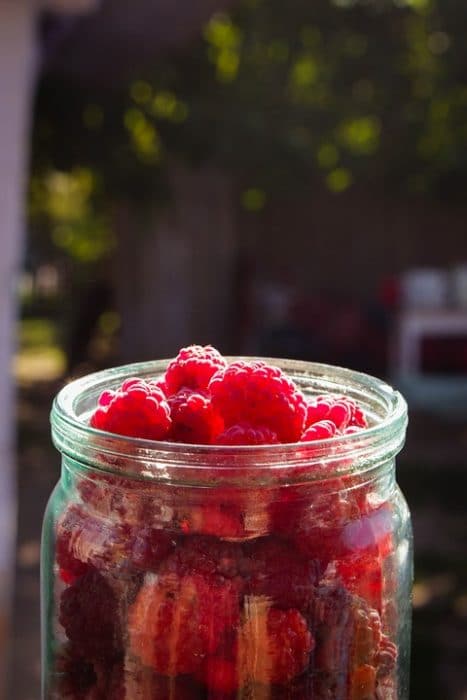
You may use water bath canners for fruits and berries since they have high acidity. For starters, you can try canning apples, peaches, pears, blueberries, and strawberries.
Pick your fruits when they are at their freshest. Then, thoroughly wash them to get rid of dirt before you put them in the canning jars. Add syrup or water until only a half-inch space is remaining. Put the jars in the water bath canner.
Most fruits only need to be soaked for about 10 minutes in a water bath canner.
4. Vegetables
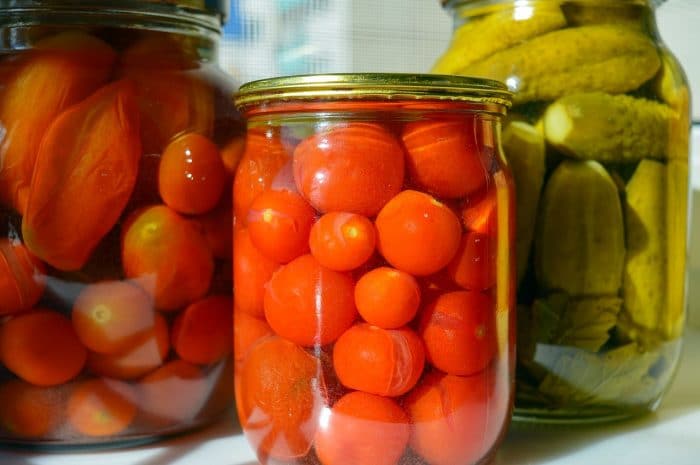
If you maintain vegetables in your own garden, canning your harvest is a good way to preserve them if you can’t consume everything at the moment.
Again, vegetables are low-acid foods so using a pressure canner is required. Some examples of vegetables good for canning are corn, squash, asparagus, cucumber, beets, carrots, pumpkin, and dried beans.
Preparing the food
Hot Packing vs Raw Packing
Two of the most common food preparation methods before canning are raw and hot packing. To help you understand each method better and know which one to use, here is a quick comparison:
- Raw Packing
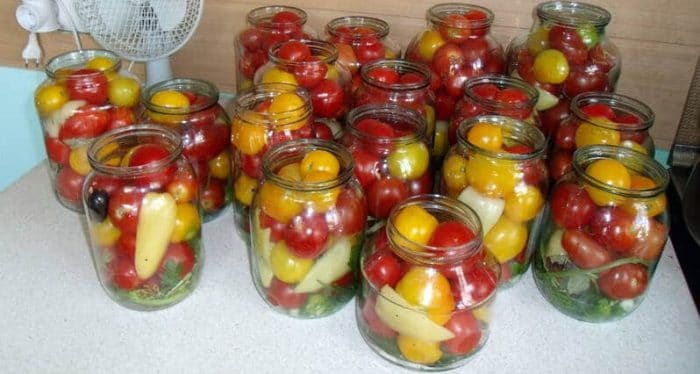
This method is very straightforward – whatever food you decide to can, you immediately put them inside the jar as is. No preheating is involved. The jar, however, is heated. You also need to boil your brine or syrup first before you pour them inside the jar.
- Hot Packing
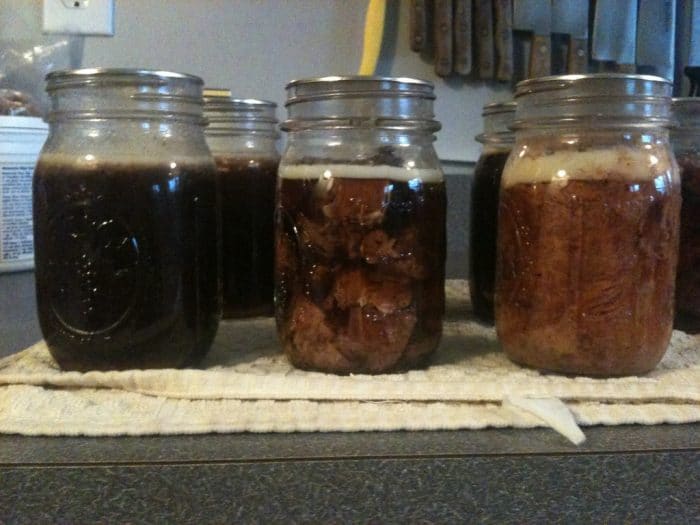
Preparing food through hot packing means you need to boil or pre-cook it before you put the food inside the jar. This method shrinks the food, which means air is already removed. As a result, your food doesn’t float once the syrup or brine is added.
For this method, heat the food to boiling (or cook it for a specified time) and then pack the hot food and boiling hot liquid in jars. Shrinkage has already taken place, so pack foods loosely enough to allow food to be surrounded by liquid.
Additional Food Preparation Tips
- Pick your products when they are at their best quality.
- Pick or buy food quantity that you can process and can within 2 to 3 hours.
- Wash the food carefully and repeatedly until it is free of dirt.
- Don’t soak your food because the flavors and nutrients will be lost.
- Do not can damage or decayed food.
How to Pressure Can

As mentioned earlier, there is no other way to can meat and vegetables than by using a pressure canner. If you purchase one, make sure to read the instructions that come with the item or ask experts at the store the basic how-to’s even before you buy.
Here are some steps to remember:
- Pour 2 to 3 inches of hot water (not boiling water) in the canner.
- Fill the jars with food and syrup or brine. Leave an area for headspace and make sure to remove bubbles.
- Wipe the rims of your jars and put on the lids.
- Place the jars on the rack inside the canner.
- Fasten the lid of the canner to ensure that no steam escapes (except through the vent).
- Turn on the pressure canner and set the heat to high. Watch until you see the vent blowing out steam. Let the steam flow for 10 minutes. This step is to make sure that air inside the canner that may cause the temperature to drop is removed.
- Close the vent. You can do so through a screw, valve, or weight, depending on the type of canner.
- Adjust the heat under the canner accordingly. If the pressure starts to go high, lower the heat under the canner. Do not open the vent or lift the weight to adjust pressure.
- If the pressure falls below the desired amount, start the process from the beginning. Loss of pressure results in unsafe food and under processing.
- Once processing is done, turn off the canner.
- Wait until the pressure in the canner drops to zero. Do not rush the cooling or opening the vent to reduce pressure. Doing so may cause food spoilage.
- Open the lid and let the steam out. Do not let the jars stay inside a closed canner or they could start to spoil.
- Using your canning tong, lift the jars one at a time and place them in a rack or dry towel.
- Don’t touch the lids. Let them cool for 24 hours.
How to Water Bath Can

- Pour hot water in the canner until half of it is filled.
- Turn your burner on to heat the water.
- Fill the jars with food and syrup or brine. Leave an area for headspace and make sure to remove bubbles.
- Wipe the rims of your jars and put on the lids.
- Place the jars on the rack inside the canner. Make sure that the water is at least 1 inch over the top of the jars. Feel free to add or remove water as needed.
- Once the water in the canner begins to boil, start counting the required processing time.
- When the water in the canner reaches a rolling boil, begin counting the correct processing time.
- If you see the water stop boiling at any time, turn the burner to its highest heat setting until it boils. Then, start counting time from the beginning.
- After processing the jars for the required time, turn off the heat and remove the canner lid.
- Let the jars rest for 5 minutes before removing them.
- Using your canning tong, lift the jars one at a time and place them in a rack or dry towel.
- Don’t touch the lids. Let them cool for 24 hours.
Handling and Storing the Jars

After you are done with the canning process, one final and important step remains – storing the jars. Here are steps on how to correctly handle and store your finished product:
- After turning off the heat, remove the cover of your canner.
- Let the jars rest in the water for at least 5 minutes.
- Use your canning tongs to remove the jars and place them in a rack or heavy towel to cool down.
- Remember: Do not touch the lids or bands at all.
- After 24 hours, you may now check the seals and remove the bands.
- Any unsealed jars should be immediately refrigerated and used within a few days. Another option is to reprocess by reheating the liquid and canning the jars using new lids.
- Properly sealed jars should be labeled accordingly.
- Store the jars in a cool, dark place.
I hope this post has been informative for you! As you can see, canning food is not as difficult an undertaking as one may think.
Once you have the basic supplies, understand the methods and tricks, anyone can do it. It’s a worthy prepper skill to have, but also handy to know for general homesteading and making meals easier.
Be sure to check out my related posts on how to stockpile food, and best freeze dried foods which discuss other ways to store food.

